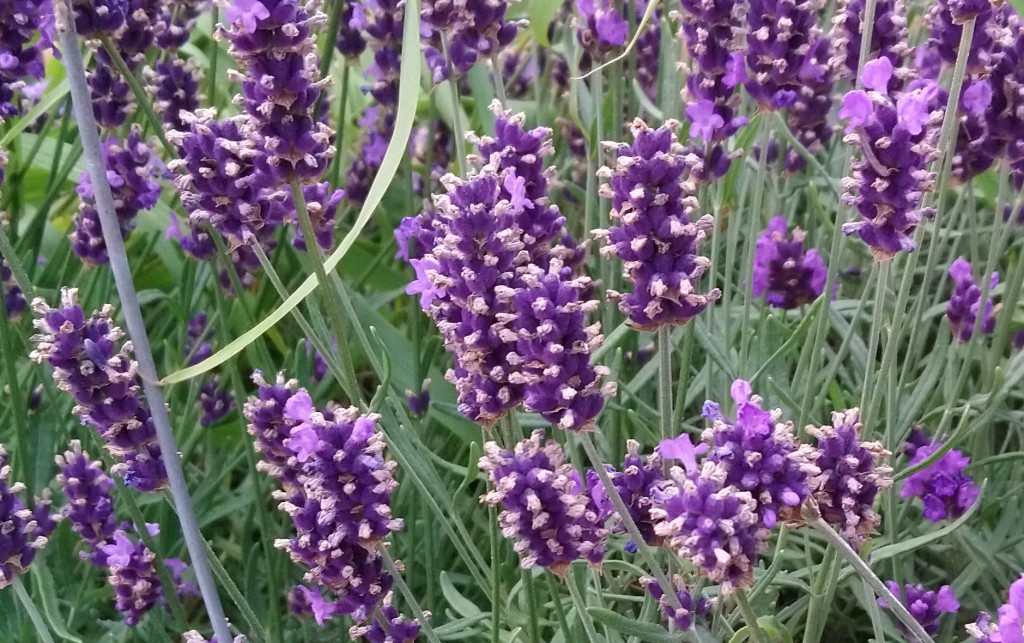
[199] Lavandula angustifolia, Lavender
Introduction
Lavandula angustifolia, Lavender, is a low compact, bushy plant, very widely cultivated as a garden plant both for its silvery blue leaves and its fragrant purple pink flowers.
It is also known as English Lavender, Common Lavender, Garden Lavender and Narrow-leaved Lavender.
About fifty other species of the genus Lavandula are called Lavender. The word lavender is also used for a pale purple colour and other shades may be called lavender blue, lavender pink or lavender grey.
Taxonomy
Kingdom – Plants
Division – Vascular Plants
Class – Angiosperms (Flowering Plants)
Order – Lamiales
Family – Lamiaceae (Mint, Deadnettle and Sage)
Subfamily – Nepetoideae (Mint)
Tribe – Ocimeae
Genus – Lavandula
Subgenus – Lavandula
Scientific Name – Lavandula angustifolia
It was formerly called Lavandula officinalis
There are many cultivars and it is often cultivated as a hybrid, especially Lavandula x intermedia, which is L angustifolia x L latifolia.
Name
The word lavender is thought to come via Old French from the Latin lavare, to wash. Lavandula is derived from the English name. Angustifolia, from the Latin, means narrow-leaved.
Description
Lavender is a low-growing evergreen plant with narrow silvery blue-green leaves and purple-pink flowers that grow on spikes. As often with cultivated plants, varieties can have leaves and flowers in different shades. Flowers can be from almost white to bright purple.
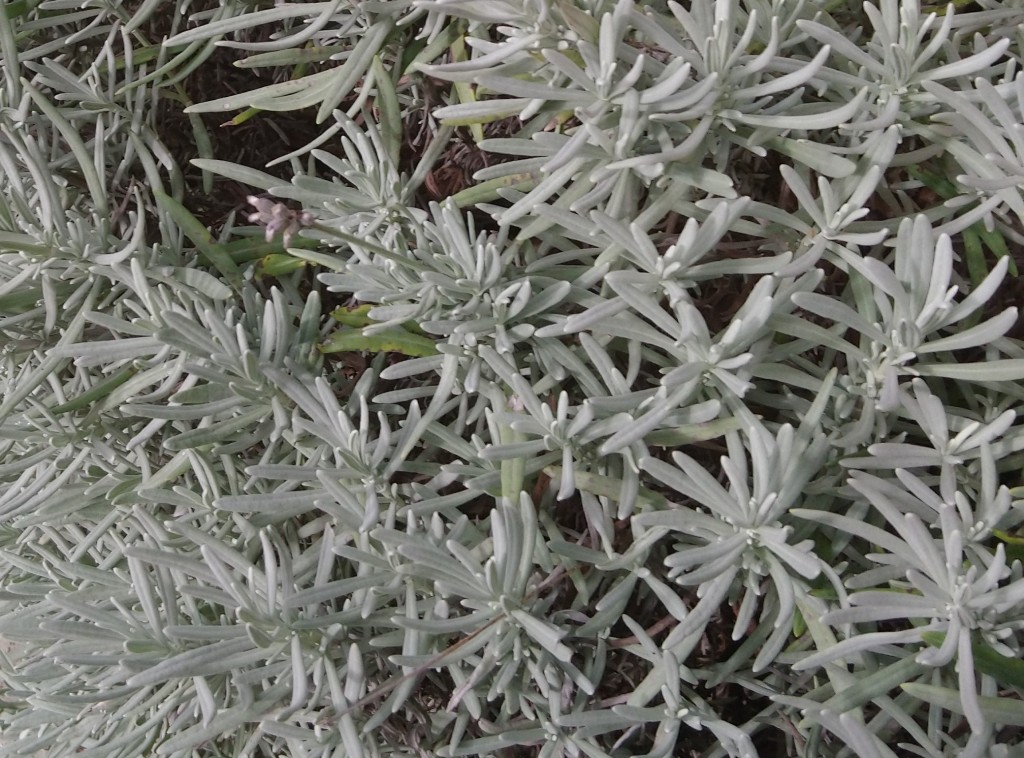


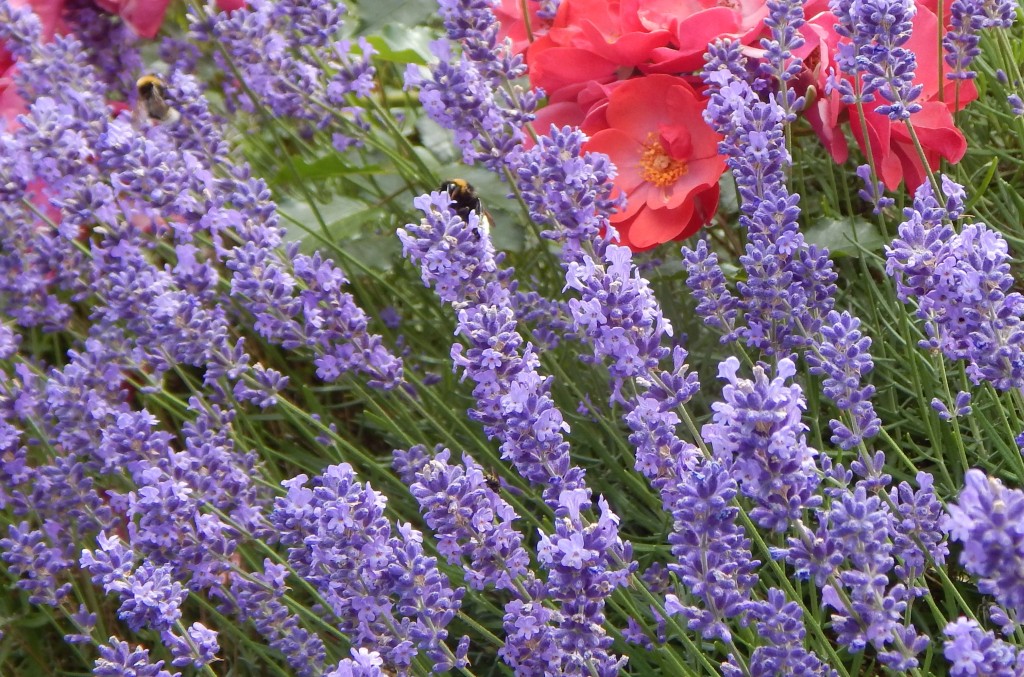
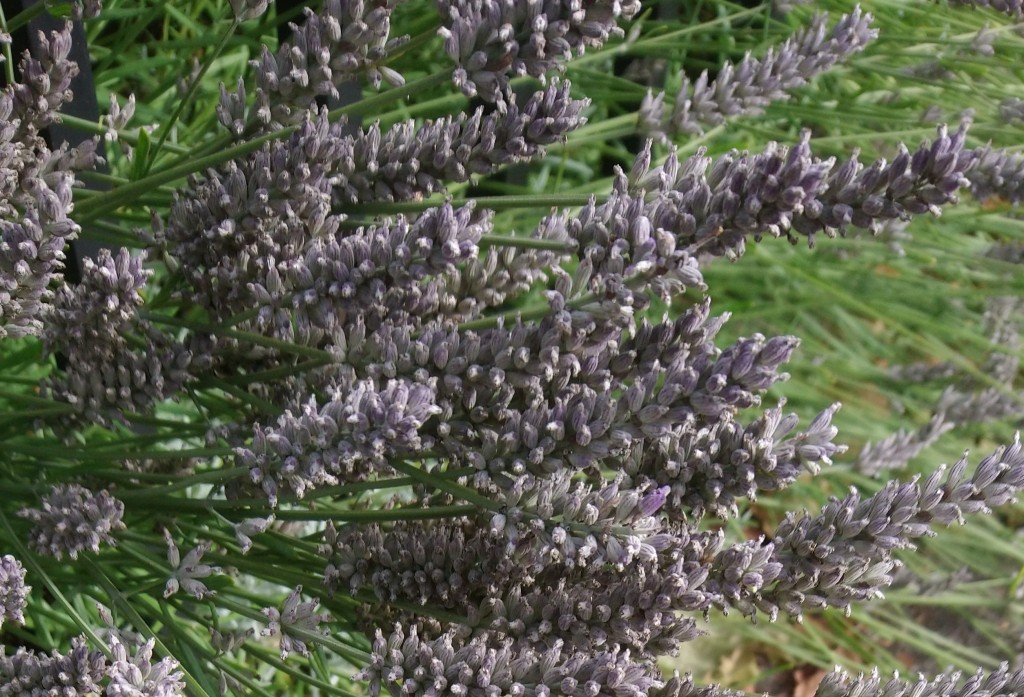
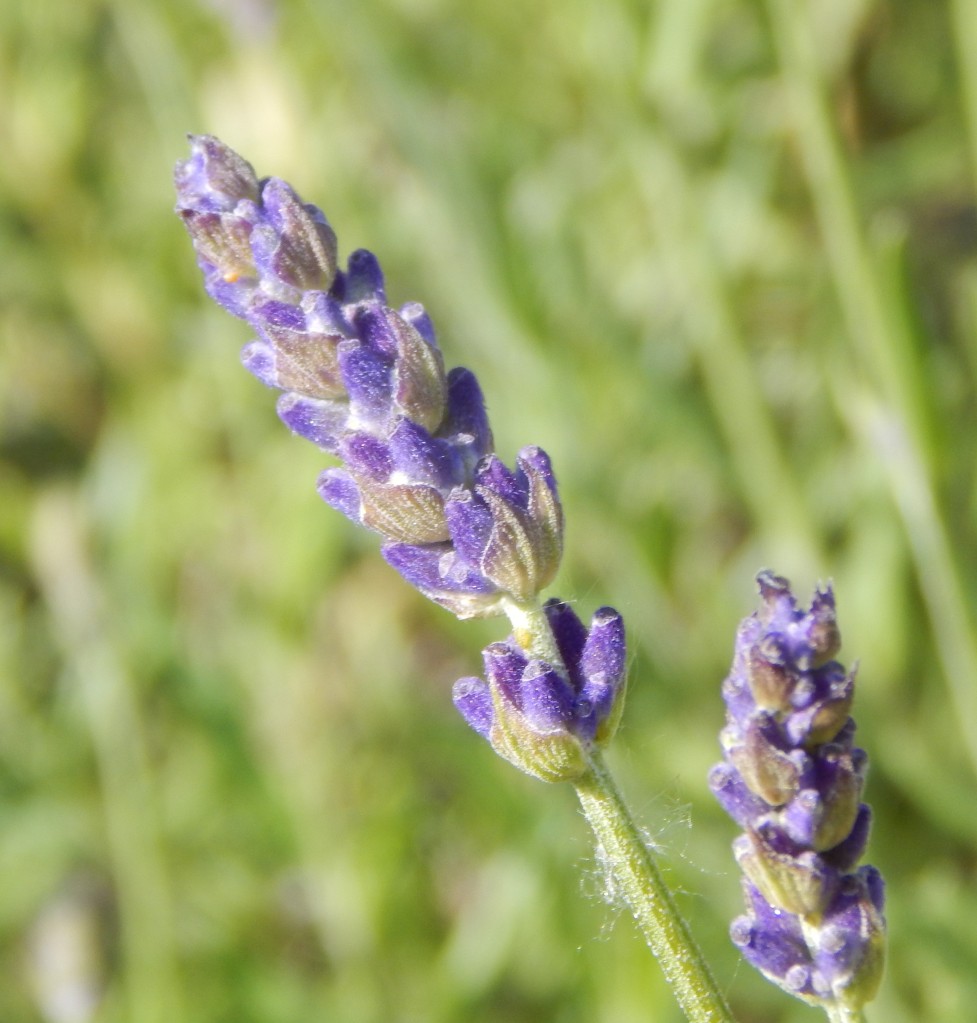
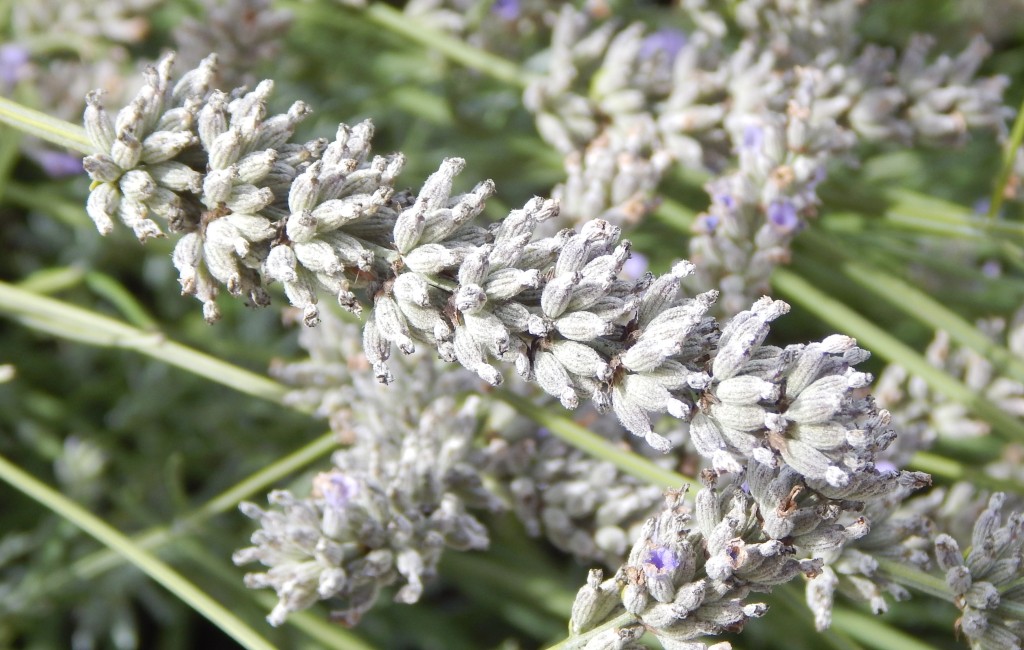
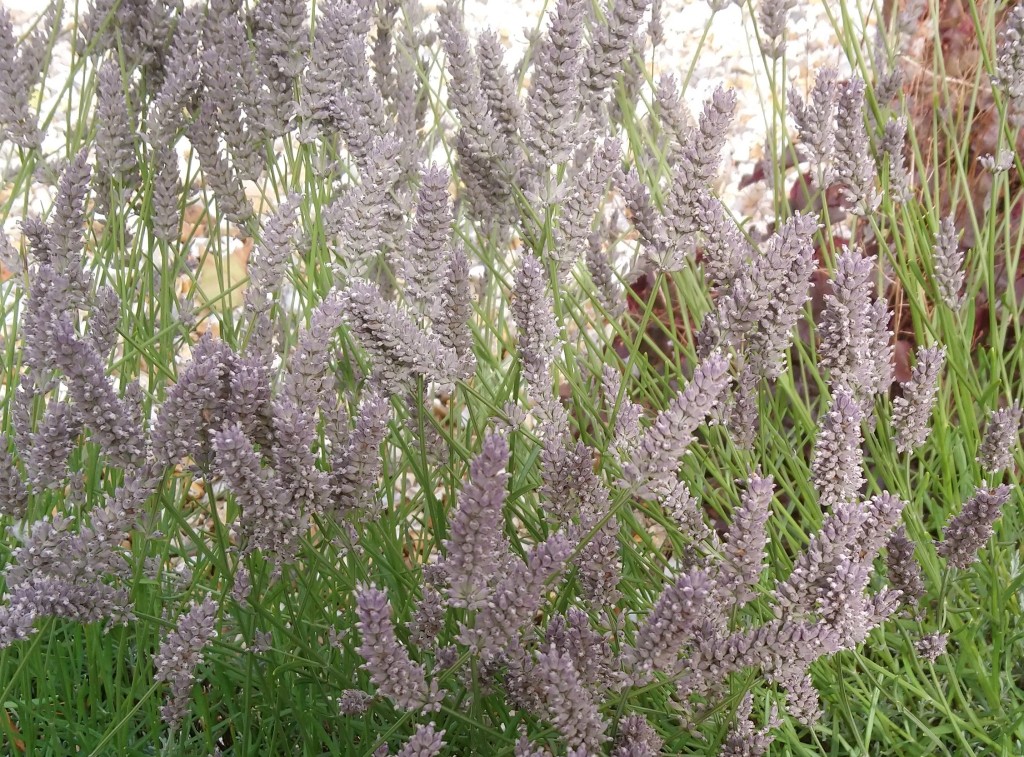
Its dense format makes it look like a small wall of colour from a distance – purple flowers in summer and green in winter.
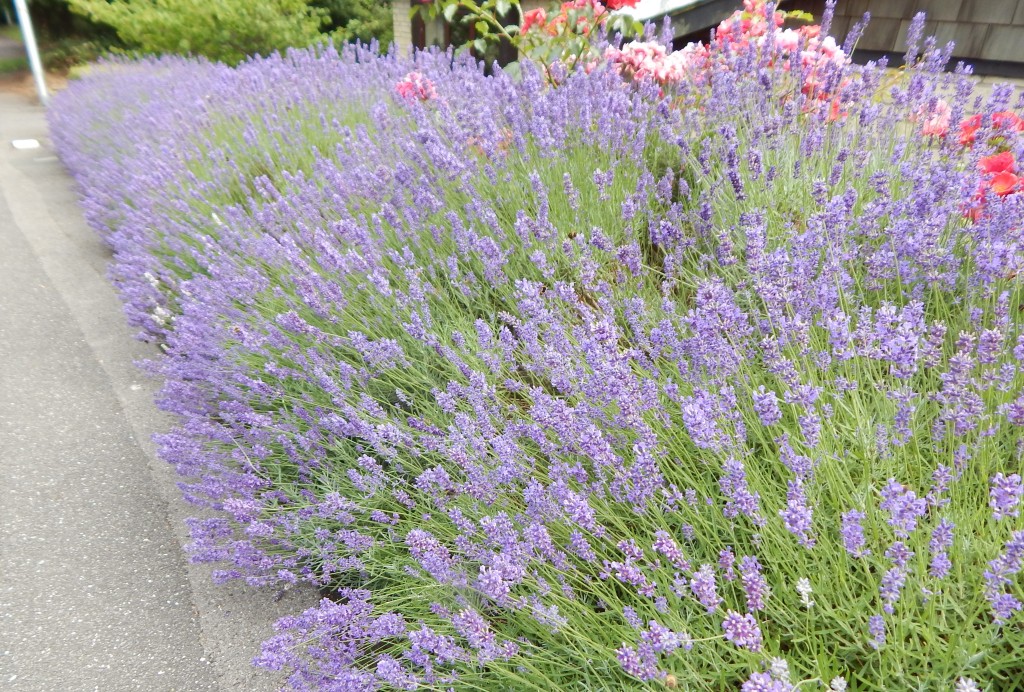
Habitat and use
Lavandula augustifolia is native to Southern Euorope.
It is very widely cultivated in gardens, often as border plant acting as a very low hedge. There are many cultivars.
Lavender is also widely cultivated for the production of lavender oil, used in salves and perfumes. It is also used to flavour sweet and savoury culinary dishes and herbal infusions.
The leaves are similar to Rosemary, Salvia rosmarinus, and may be used in a similar way as a herb.
Other Notes
This is probably one of the most common plants that I see in gardens.
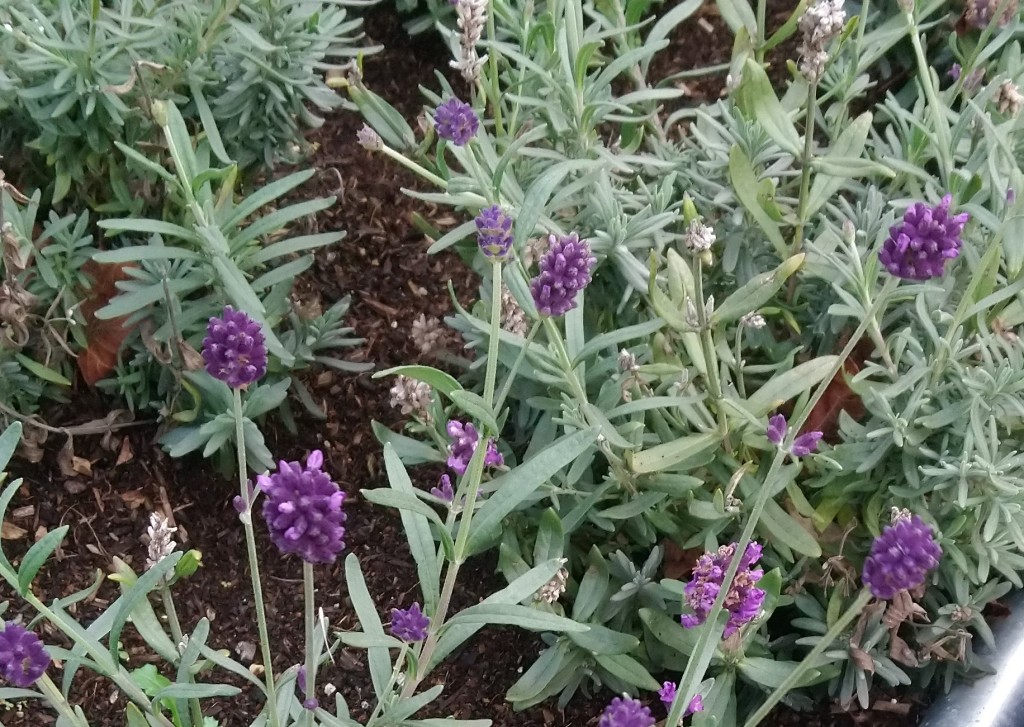
See also
Many of our familiar garden herbs are fairly close relatives.

Pingback: [257] Phlomis fruticosa, Jerusalem Sage | The Species of Britain
Pingback: [309] Santolina chamaecyparissus, Lavender-cotton | The Species of Britain